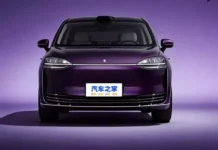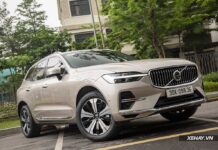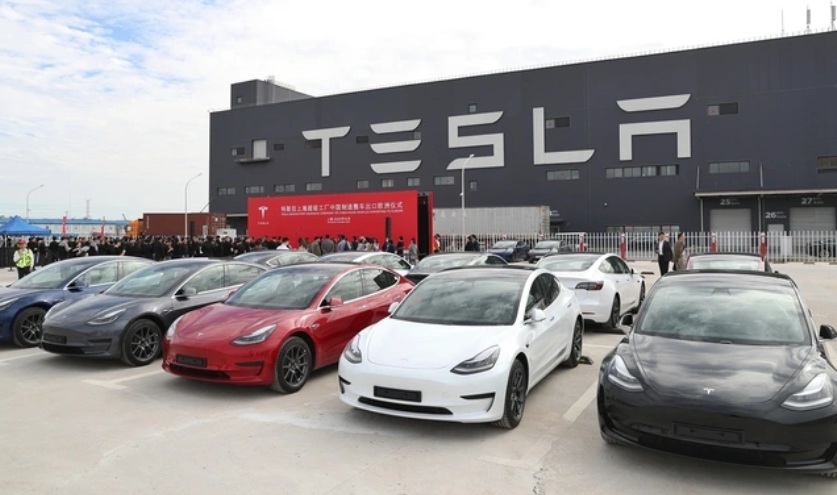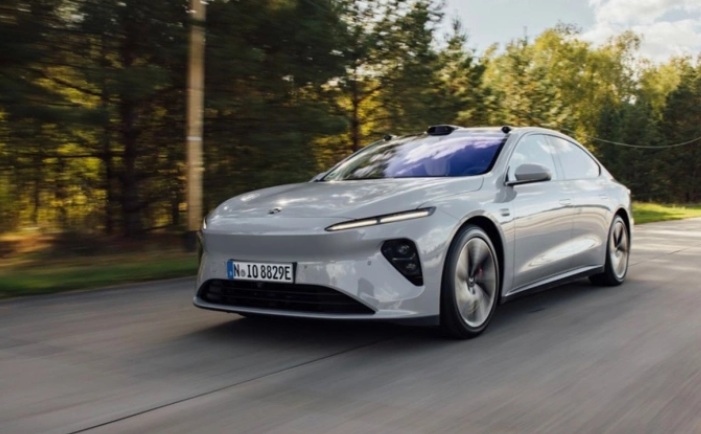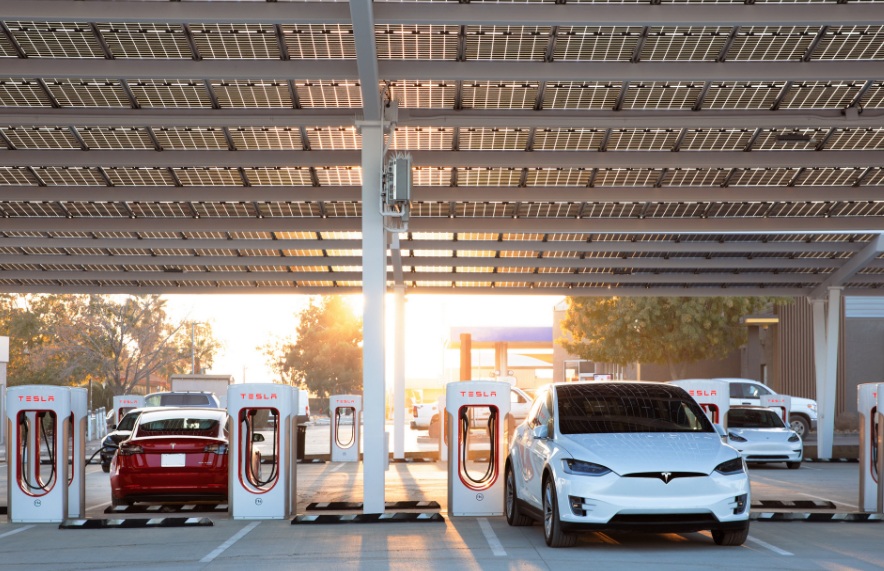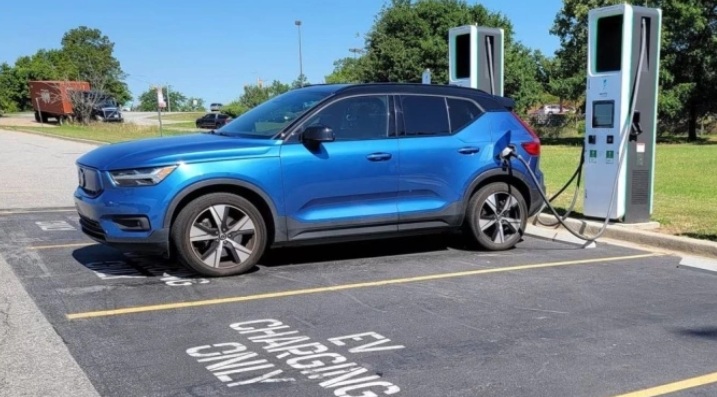The used electric vehicle market is witnessing significant growth, especially in the US, while demand for new EVs shows signs of slowing down.
Along with this trend, buyers are increasingly concerned about battery health, which determines the vehicle’s performance, longevity, and actual value.
According to a report by Cox Automotive, a leading automotive e-commerce company in the US, sales of used electric vehicles in April 2025 surged by 60.6% compared to the same period last year. This growth is notable, given the challenges faced by the electric vehicle industry, including battery costs, competition from hybrids, and concerns about charging infrastructure.
The increase in used car purchases occurs while many consumers hesitate to buy new cars due to fears of rapid depreciation or uncertainty about whether battery technology has improved significantly from previous generations. In contrast, used cars with reasonable prices, especially models that are a few years old but still under battery warranty, are becoming more attractive options.
A study by telecommunications analysis firm Geotab reveals that EV batteries now degrade by only 1.8% on average annually, a marked improvement from the 2.3% recorded in 2019.
With this degradation rate, a battery pack can perform well for about 15–20 years, enough to span the lifetime of two generations of owners. Additionally, automakers focus on aftermarket services by offering extended battery warranty policies, ranging from 8–10 years or 160,000 km, giving used car buyers peace of mind.
However, battery health inspection remains a hurdle for consumers. Most electric vehicles do not directly display “battery health” indicators such as battery health percentage, leaving buyers without sufficient information to assess the remaining quality of the battery pack.
Among the current EV manufacturers, Tesla is considered the most transparent in providing battery health information to its customers. Tesla owners or second-hand buyers can check the battery degradation through the Tesla App by accessing Controls > Service > Battery Health.
Tesla also offers a more comprehensive inspection method performed within 24 hours by charging and discharging the battery at home using a standard charger. This process helps buyers determine the actual usable capacity rather than relying solely on the vehicle’s internal software.
Not all EV brands provide battery health information as transparently as Tesla. For brands like Ford, Volkswagen, or Chevrolet, buyers often need specialized equipment to check battery health after purchasing the vehicle. The most common method is to connect a scanner to the OBD-II diagnostic port and then read the data using dedicated applications.
Additionally, buyers can request a pre-delivery battery health check from the dealership. In many cases, the dealership will provide a report on the available energy (kWh) and an estimated degradation percentage. Some dealerships may charge a fee for this service, but brands like Polestar offer free battery checks for certified pre-owned vehicles.
For those who want to take a proactive approach, they can carry an ELM327 OBD-II adapter and use applications like CarScanner to retrieve the SoH (State of Health) index, which indicates the overall condition of the battery. However, this inspection method has a certain degree of error due to the impact of ambient temperature and the most recent charging state on the measurement results.
While modern EV batteries are highly durable, it is crucial to thoroughly inspect battery health for older models or those with high mileage. Even a slight degradation percentage can significantly affect performance, range, and battery life, all key factors in determining the vehicle’s actual value.
Despite the rapid growth of the used EV market, there is a lack of standardization in battery health assessment procedures. Buyers need to be proactive in requesting clear battery health reports from dealerships or acquiring the knowledge and appropriate tools to check the SoH (State of Health) index themselves.
Do not underestimate the importance of battery health; it is the most critical factor to consider when choosing a used electric vehicle.








